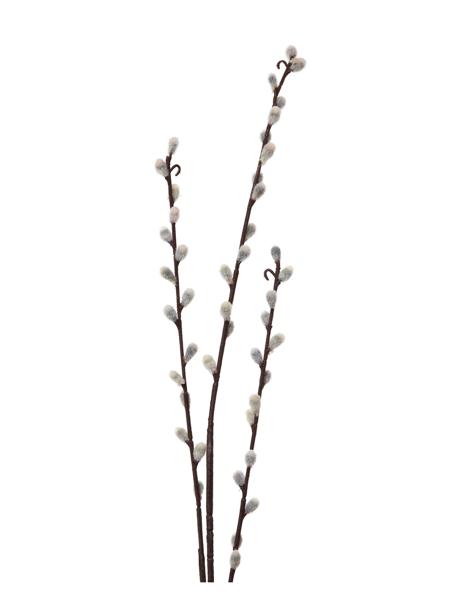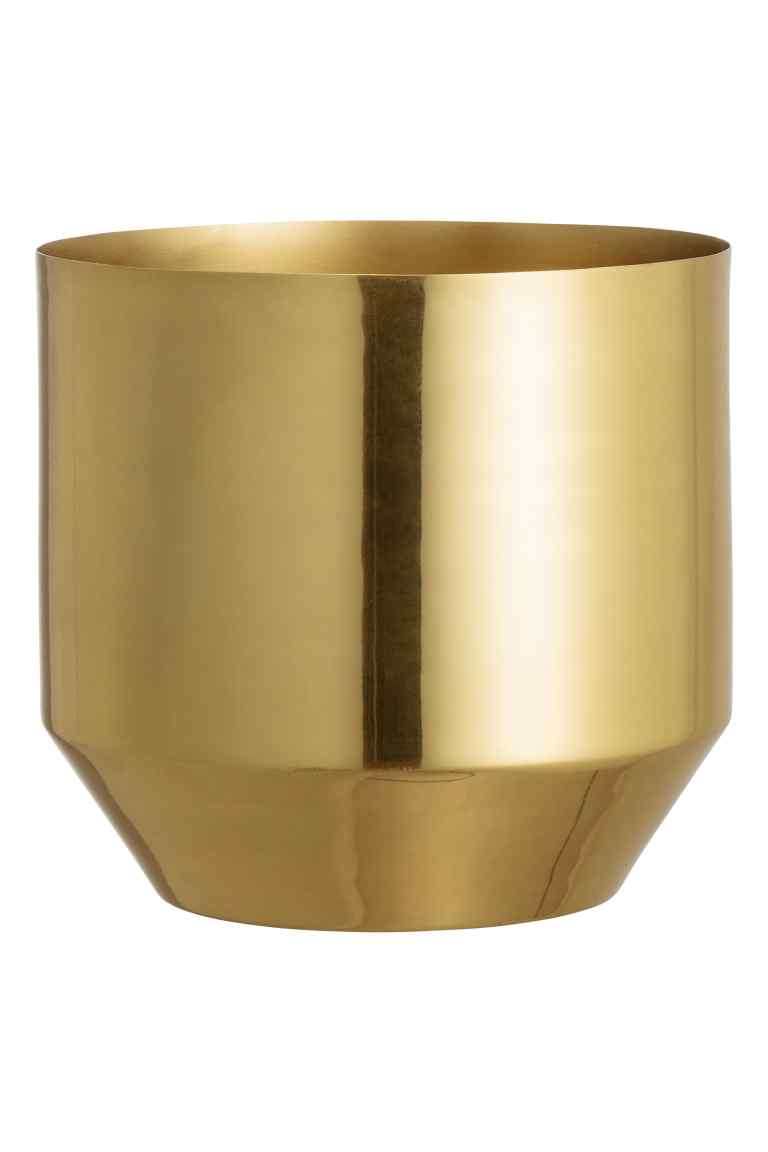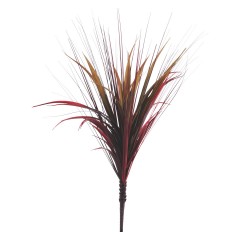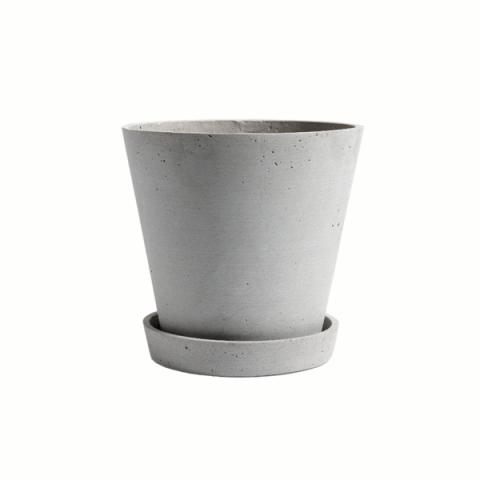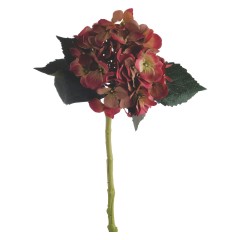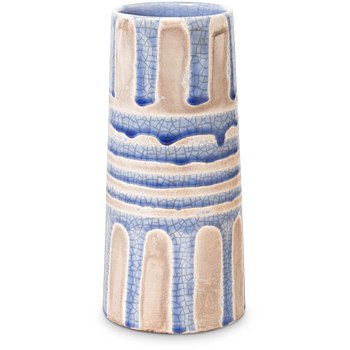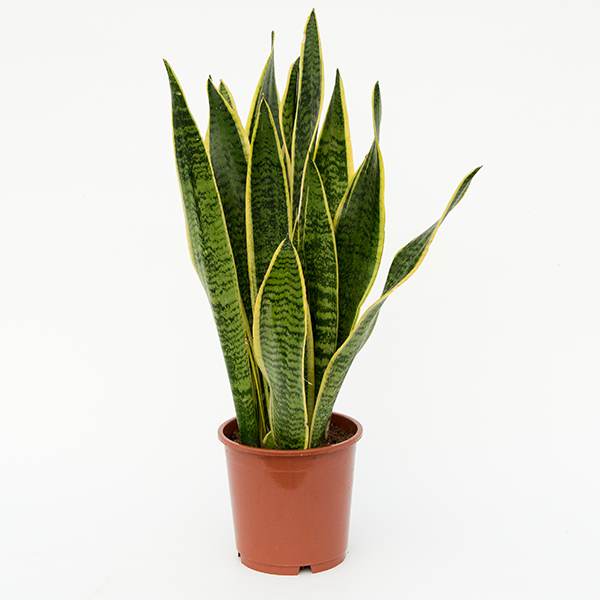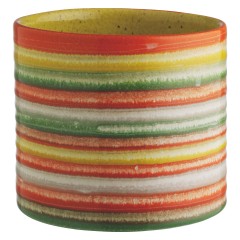One of the most, in my opinion, important aspects of creating a pleasing interior space is not the things you put inside and where you place them or even the colour pallette you choose for the walls and floors. It is the sensory landscape that you define. Scent can transform a simply nice room, into a room that makes you feel any numbers of ways – relaxed, energized, artistic, inspired.
In my bite-sized flat I’ve managed to cultivate a sensory landscape that varies by room. I’ve tried to do this as organically as possible, by avoiding overly pungent and artificial smells that intrusively overwhelm.
My home consists of four complementary scent profiles that provide a pleasing olfactory experience in each individual space, created with simple reed diffusers; some of which I get from my local eco shop. I’m an avid fan of reed diffusers because they strike a good balance and allow the scent to filter through the air gradually. It is a much nicer way to experience fragrance than being assaulted with a wall of scent. The scents I’ve chosen work well together in a small space.
My Bedroom – Vintage Rose; I love this. The diffuser is close to my bed so this pleasing floral scent is the first thing I smell in the morning. At night it has a warmer; heavier character.
My Kitchen – Wild Fig; a full Mediterranean scent like the savoury meals I enjoy and try to replicate in my kitchen (with very little success).
My Bathroom – Mandarin & Lime; a clean and sort of astringent scent; yet very refreshing and non-toxic, the zestyness bursts throughout the room.
Landing area – Moroccan Rose; a huskier rose, equally as heady as the vintage.
Bonus scent
I love scented candles too but find them to be less effective. Oil burning; however, is a great way to get intense scent but I don’t like using oil burners. So I divised a makeshift method of obtaining the soothing presence of a burning candle with the scent intensity of oil – I do this rarely; just when I want to temporarily inject another scent profile into the room. I take a few simple, non-fragranced tea lights; a mixture of brand new and pre-burnt and drip scented oil on to the wax, going around the candle wick. When it burns it gives off an intense scent that I find to be more soothing than a scented candle, maybe because the fragrance is slightly indirect it feels to be intense but softer as well. I’m currently using a Rain fragrance oil with this method. It’s like mimicking a sudden shower on a spring day and it really freshens up the room with a burst of intensity.
Other options
I used to be a big fan of incense but I now prefer a lighter, more clean fragrance so I no longer burn it. However, if you’re a fan of heavy scents with a lot of punch then you can’t go wrong with incense. I’ve also recently discovered burning papers and picked up a box of Papier d'Armenie a few weeks ago. Whilst the Rose scent is not conducive to burning as, in my opinion, it gives off a pungent, sickly sweet perfume aroma; the Armenie is fantastic and perfect, as prescribed, for burning after cooking or generally more for the removal of unwanted odors. I generally don’t like room sprays but the Forest Essentials Bengal Tuberose manages to be strong but pleasant and somehow dissipates in an organic way so it doesn’t seem to hang in the air unceremoniously. I discovered this Ayurveda brand whilst in India and am happy to have done so.
Although I have my preferred methods of adding fragrance to the home there are many to experiment with. You’ll notice that nowhere have I mentioned supermarket spray air freshener or plug-in air freshener because I find anything that is wholly artificial and too intense is off-putting and I feel that they do more damage than good in terms of air quality. I would always suggest as organic an option as you can find within budget that you will not tire of easily; because one of the great features of reed diffusers for example is that they last for many months so they are actually a cost effective way of fragrancing the home.
Some recommendations on where to find your scented space-making tools...




